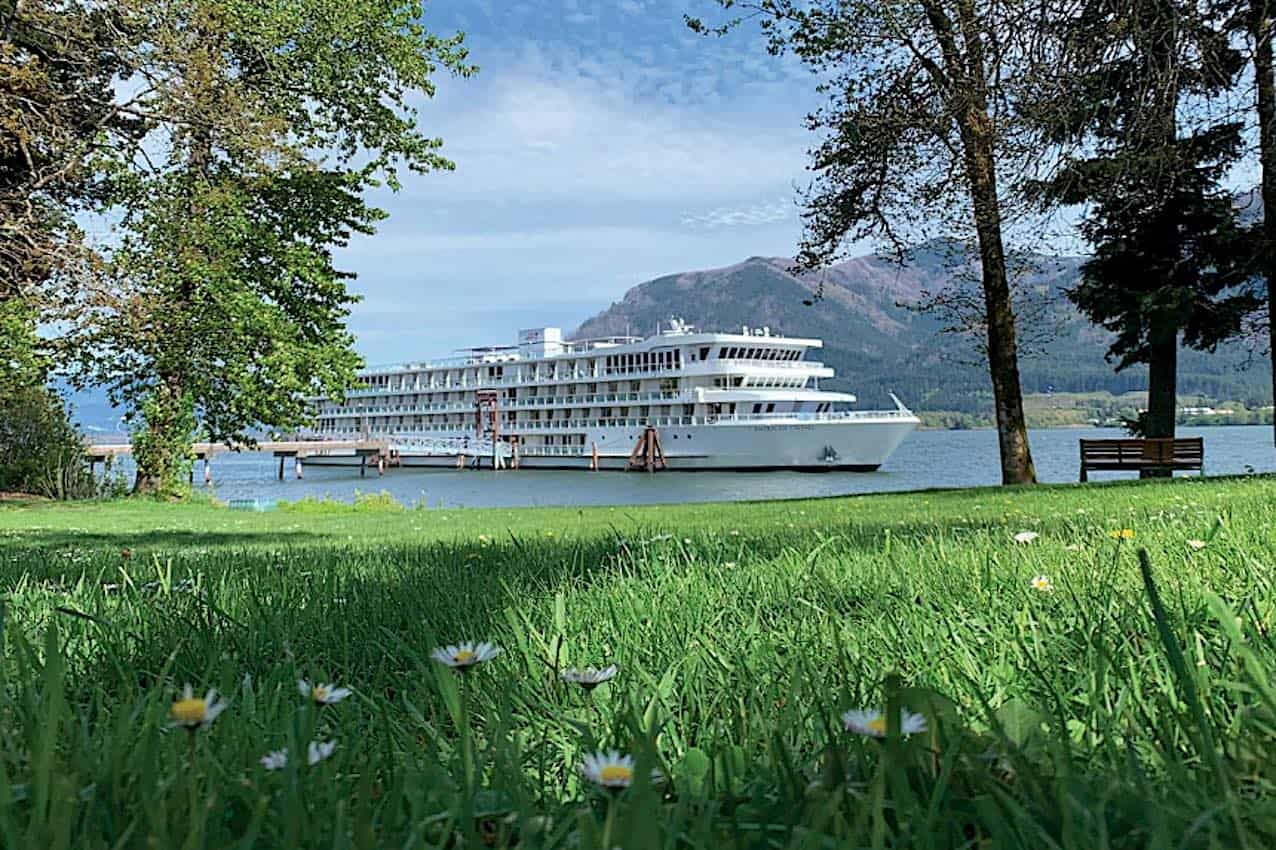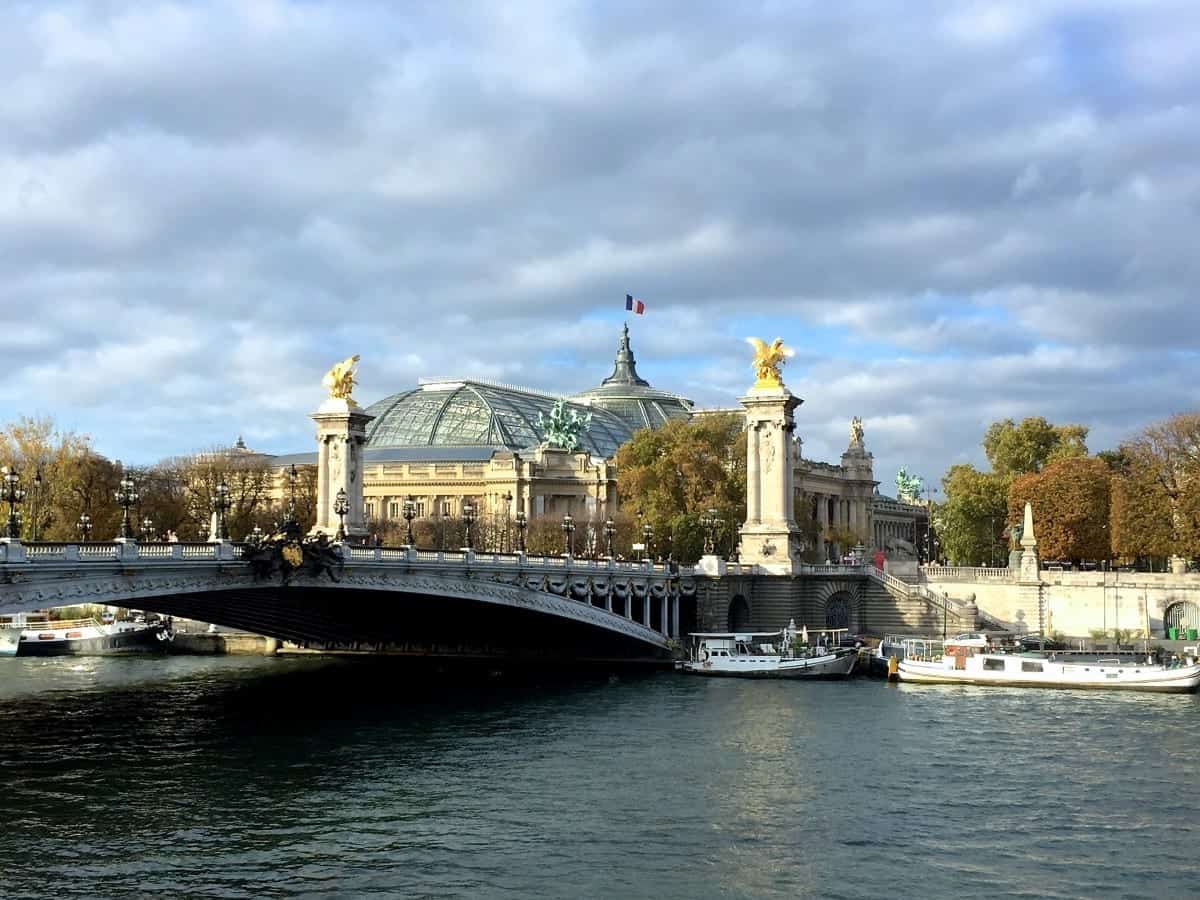Disabilities, Limited Mobility and Handicapped Advice
The walk and climb to the top of Belogradchik Fortress in Bulgaria is a challenge for almost everyone.

River cruising in Europe can be a challenge, if not impossible for those with physical disabilities. Unlike the United States, Europe and much of the world has not adopted something similar to our ADA, Americans with Disabilities Act.
Part of the reason might be due to the impossible nature of adapting ancient ruins, cobblestone streets, uneven castle steps and villages with ramps, rails and lifts. Safety is another situation.
Many times when docked, it is necessary to cross the sundecks of two or more river ships that are docked side-by-side. To do this, guests must climb the narrow outside stairs, walk across their ship’s deck, cross a platform to the adjacent ship, walk across that ship’s sundeck and down their flight of stairs. Then there’s the gangway to get ashore. Wheelchairs and scooters cannot move between and across ships.
That said, embarkation and debarkation are extremely difficult to impossible for those in wheelchairs and electric scooters. While the crew would love to assist guests with wheelchairs to come aboard, it’s too dangerous to be carried up and down the gangway while seated in a wheelchair. Even if you could somehow get ashore, river ports are not set up to accommodate wheelchairs.
Whatever the reason, Crystal River Cruises sums it up rather bluntly, “River cruising is not recommended to guests in wheelchairs.”
If you are fairly mobile, meaning you can slowly climb stairs without assistance, there are two decks on river ships in Europe that you could reserve. Those with limited mobility could consider a cabin on the middle two decks, especially if your river ship has an elevator. Keep in mind that these elevators do not reach the sundeck. But the lounge, dining room and other public areas are located on the middle two decks.
For those who are able to disembark in ports, it’s important to note that some tours may include extensive walking over difficult ground, crossing cobblestone streets and sidewalks, uneven steps and slopes, and places which are not easily navigated through by wheelchairs and walkers.


